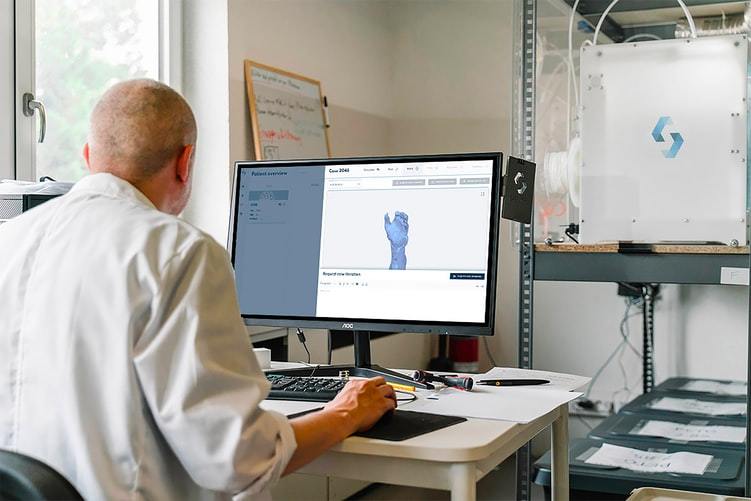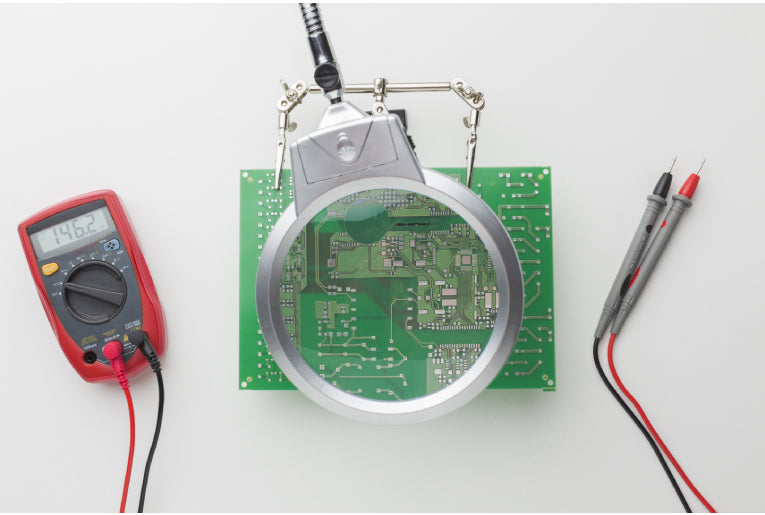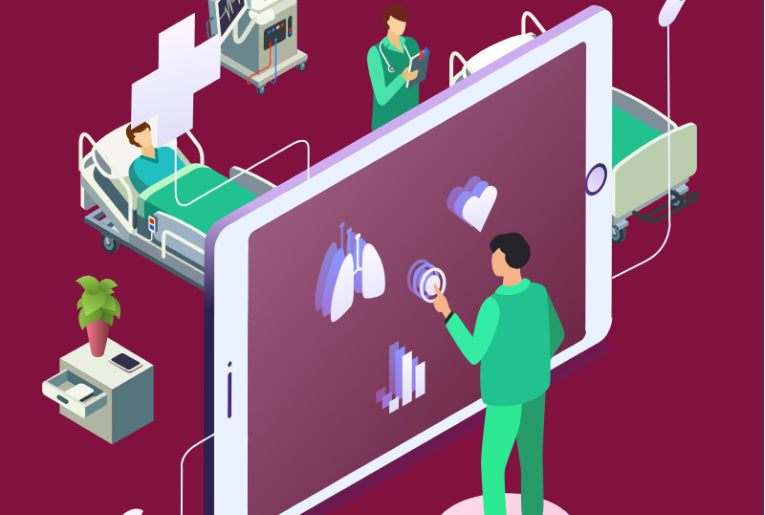
Medical device development is a large undertaking and involves many strict rules and regulations. In addition to creating a high-quality product that adds value to healthcare workers, companies also have to ensure that their medical devices are risk-free and safe to use. Because of this, the medical device design process is carefully controlled and requires immense attention to detail.
Medical Device Development Lifecycle
The medical device design process is a complex one and involves a lot of variables. However, it can be broken down into the following five stages.
Stage 1: Initiation and Risk Analysis
Before anything else, medical device development requires thorough planning. This includes everything from funding options and target markets to product selling points and regulations. Companies also have to determine whether they will require clinical trials and choose a Quality Management System (QMS).
Stage 2: Conceptualization and Feasibility
Once the basics in Stage 1 are taken care of, companies need to focus on the device itself. In order to create a prototype, they will need to think of customer requirements, competitors in the market, and the unique selling point of their device. The concept has to be developed and shown to work. This step also includes back and forth with revising the design, all of which should be documented.
Stage 3: Design and Development – Verification and Validation
After developing a prototype, it’s time to test the design through a series of trials. This verification and validation stage is there to ensure that the device can function in the real world. At this point, it’s important to keep customer requirements and risk management strategies in mind. Any threats or design failures need to be addressed to ensure the product’s safety.
Companies should also start preparing for the medical device approval process by making sure they have external approvals (such as Ethics Committees) and starting clinical trials if required.
Stage 4: Final Validation, Approval, and Product Launch Preparation
This stage involves marketing and branding in order to prepare for the product launch. All verification and validation checks should be completed and successful and all data from these tests should be documented. Production should be started, and all documentation submitted to the relevant authority for approval. This is the Food and Drug Administration (FDA) in the U.S., and the Medical Device Directive (MDD) in the EU.
Stage 5: Product Launch and Post Launch Assessment
The last stage of the medical device design process involves launching the product and having post-launch procedures in place to document feedback. There should also be a system in place for improving the medical device and possibly updating it in the future.
Partner with Outer Reef Technologies
The medical device development process is long and complex. From conception and design to launch, the medical device design process needs to be followed and documented carefully in order for regulatory authorities to approve the final product. The complicated nature of the process is why many firms decide to hire a medical product design company – the experts know exactly what to do to make your product development and launch a success.
Outer Reef Technologies specializes in medical device development and has years of experience in both, medical product design and industrial product design. Because we handle designing as well as manufacturing, we’re a one-stop shop for all of your medical device needs. Reach out to us to learn more – we look forward to hearing from you!
Leave a comment (all fields required)
Comments will be approved before showing up.


